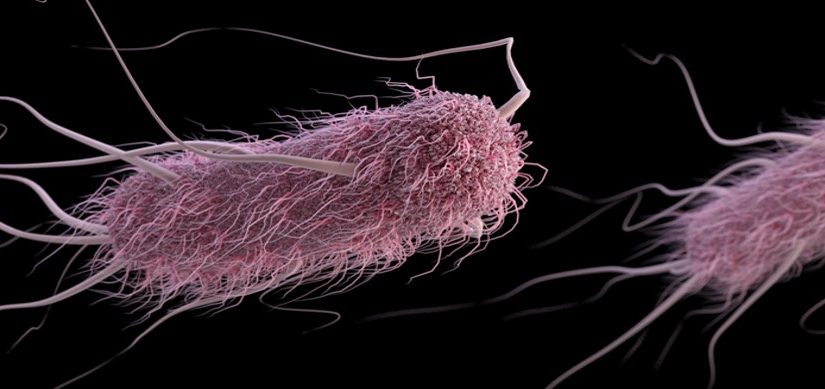Microbiology is an area of pathology that looks at microorganisms such as bacteria. Bacteria can cause well known infections including golden staph and MRSA, but few people outside the lab know of the strange-sounding secret weapon that has dramatically speeded up tests, allowing doctors to treat patients faster.
It has the mysterious name MALDI-TOF and to add to its futuristic feel it uses a laser inside a vacuum tube to perform tests on samples prepared with something known as “the matrix”.
(MALDI-TOF stands for Matrix-Assisted Laser Desorption & Ionisation- Time Of Flight.)
In order to operate this intriguing instrument, a scientist prepares a sample on a testing plate, firstly using Formic acid to assist in breaking down cell walls and exposing the proteins.
A liquid called the matrix is then applied and the proteins crystallize as it dries.
This plate of crystalline protein structures is then placed in a ‘well’ inside the large vacuum tube in the machine. A laser at the top of the tube is shot at the sample and measures the ‘peaks’ of the crystals.
This matches them with a database of organisms to determine what the bug in question is and how best to treat it.
So why is this important?
Before going in the machine, the scientist must use the sample to grow the organism.
Prior to the MALDI-TOF, scientists had to grow an organism for between 18 and 24 hours and sometimes up to 40 hours.
Once the organism had grown tests could then be set up but some of these could also take up to 18 hours, meaning the whole process could take days.
Now the MALDI-TOF can use growth 4 hours old to give a result, which only takes 30 seconds inside the machine.
In the case of life-threatening infections like septicaemia, this could save lives.
David Lorenz is a hospital scientist working in microbiology at the St Vincents Hospital pathology laboratory in Sydney.
“If something went wrong with the barrage of biochemical tests set up for the identification of an organism, you wouldn’t necessarily know of the problem until 24 hours later and then you’d have to start again. Although mistakes are rare, with the MALDI-TOF you can know within a minute if there is a problem with the sample and then you can run the test again.”
David says that not only has the MALDI-TOF improved lab turnaround times, which is clearly a benefit to patients and those treating them, it has improved workloads in labs too.
The machine can run up to 96 tests simultaneously every hour and is very accurate.
However, there are still some organisms that the MALDI-TOF cannot tell apart and results need to be interpreted by a skilled medical scientist. If the machine produces a result which is unclear or unusual a scientist can then choose to rerun tests or use alternative methods to identify bacteria.
MALDI-TOF can be used to identify all bacterial illnesses, including bacterial meningitis, E.coli and gonorrhoea. It can also be used on yeast and some fungi.

